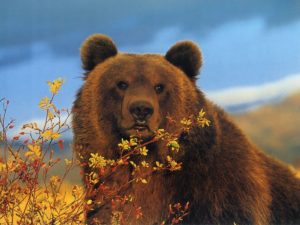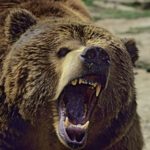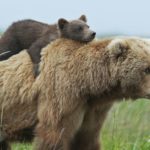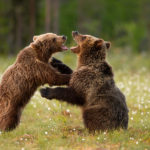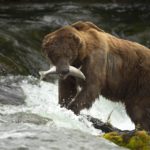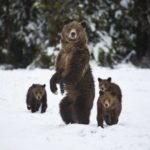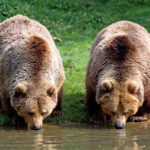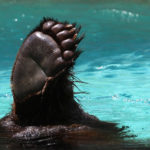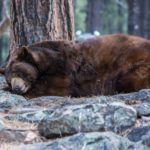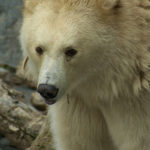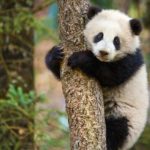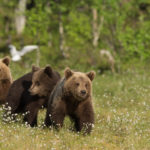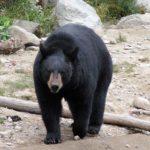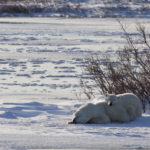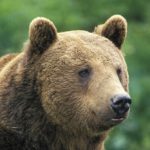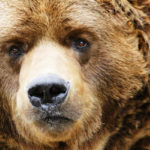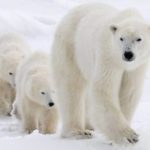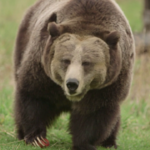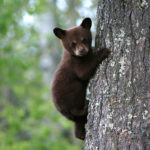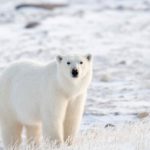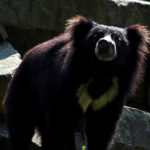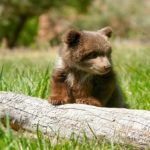Facts about brown bears
 The genus of bears appeared 5-6 million years ago. His first representative is now considered to be a bear Ursus minimus – a relatively small animal whose fossil remains are found in France.
The genus of bears appeared 5-6 million years ago. His first representative is now considered to be a bear Ursus minimus – a relatively small animal whose fossil remains are found in France.- The bear is at the top of the food pyramid, it is omnivorous in nature.
- The cult of the bear existed among the Slavs and Germans, among the indigenous peoples of the northern Urals, Siberia and the Far East. In Mansi, Kets and Nivkhs, the idea of a bear as an ancestor of people was widespread, and in this connection the animal was especially revered.
- The fastest way to determine the intentions of bears is to observe the wool on the scruff. Of all the wild bears, bears are closest to humans in their psychology.
- The bears have so-called “bear trees”. They are usually located in different, far apart from each other, the forest. A common belief is that such trees serve as a kind of board for them.
- The life of a brown bear that inhabits Russia begins in the den, where newborn bear cubs (blind, toothless and almost hairless, weighing about 500 grams) drink their mother’s fat milk. At the age of four months, wild bears can already follow their mother in the forest in search of food. A mother-bear during this period, feeds them with milk and teaches proper social behavior. Almost half the time of their wake the cubs spend in games. Thus, they learn about the world around them and develop important skills necessary, for example, for hunting. The rest of the time spend in search of food and sleep.
- Clumsy to look at, the brown bear runs exceptionally fast – at a speed of over 55 km / h, excellently swims and when young it climbs trees well (it makes it less reluctant to old age). With one punch, a bear can break a bull’s back or a buffalo.
- For three years the cubs live next to their mother, who takes care of them. Older cubs help to care for younger ones. Usually a bear gives birth every two years. Oldest children (mostly sisters) often look after the younger ones. Finally, the cubs are separated from the mother for 3-4 years of life. Sexual maturity bears reach in 4-6 years, but grow up to 10-11 years. Life expectancy in nature is 20-30 years, in captivity – up to 47-50 years.
